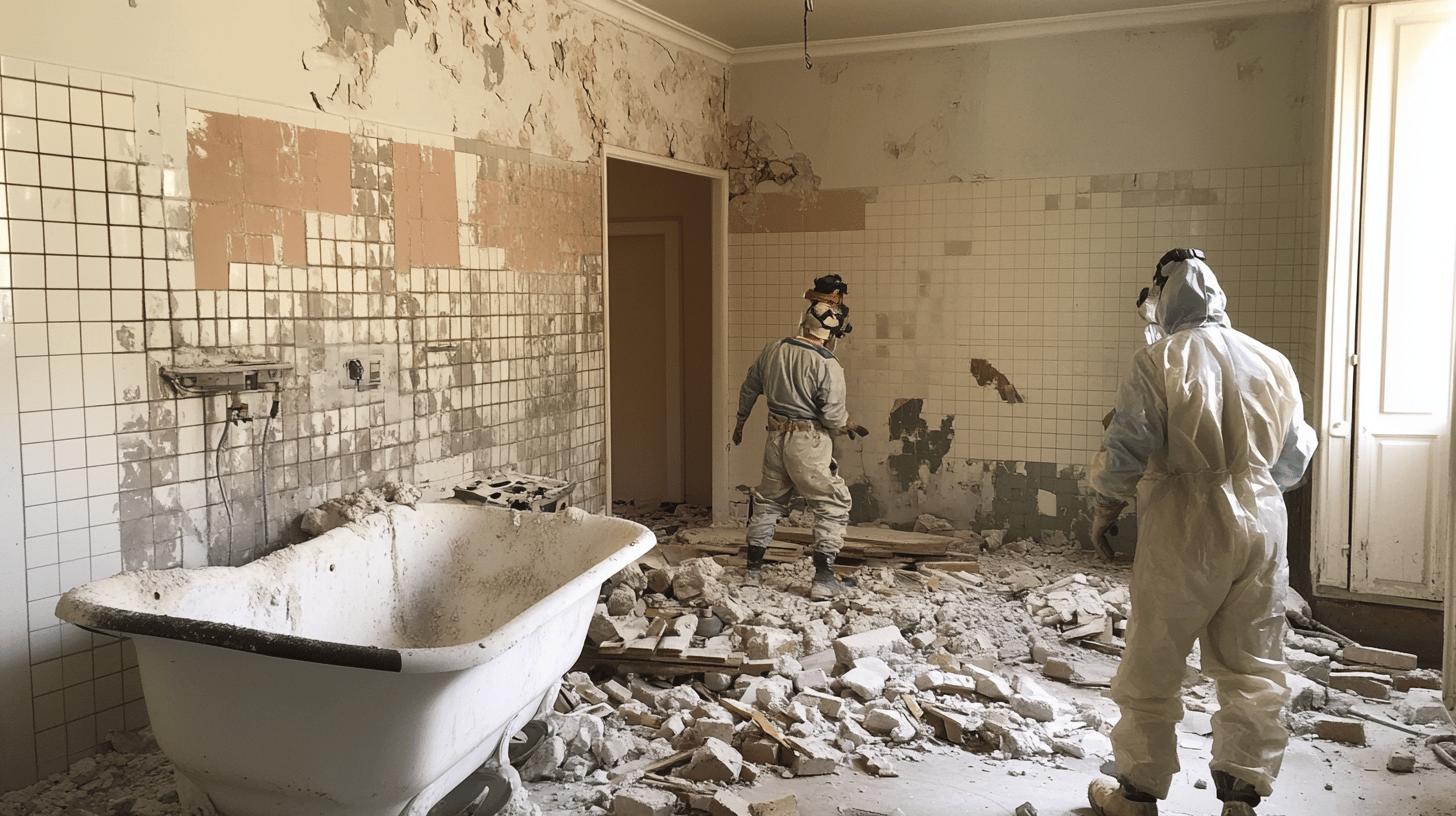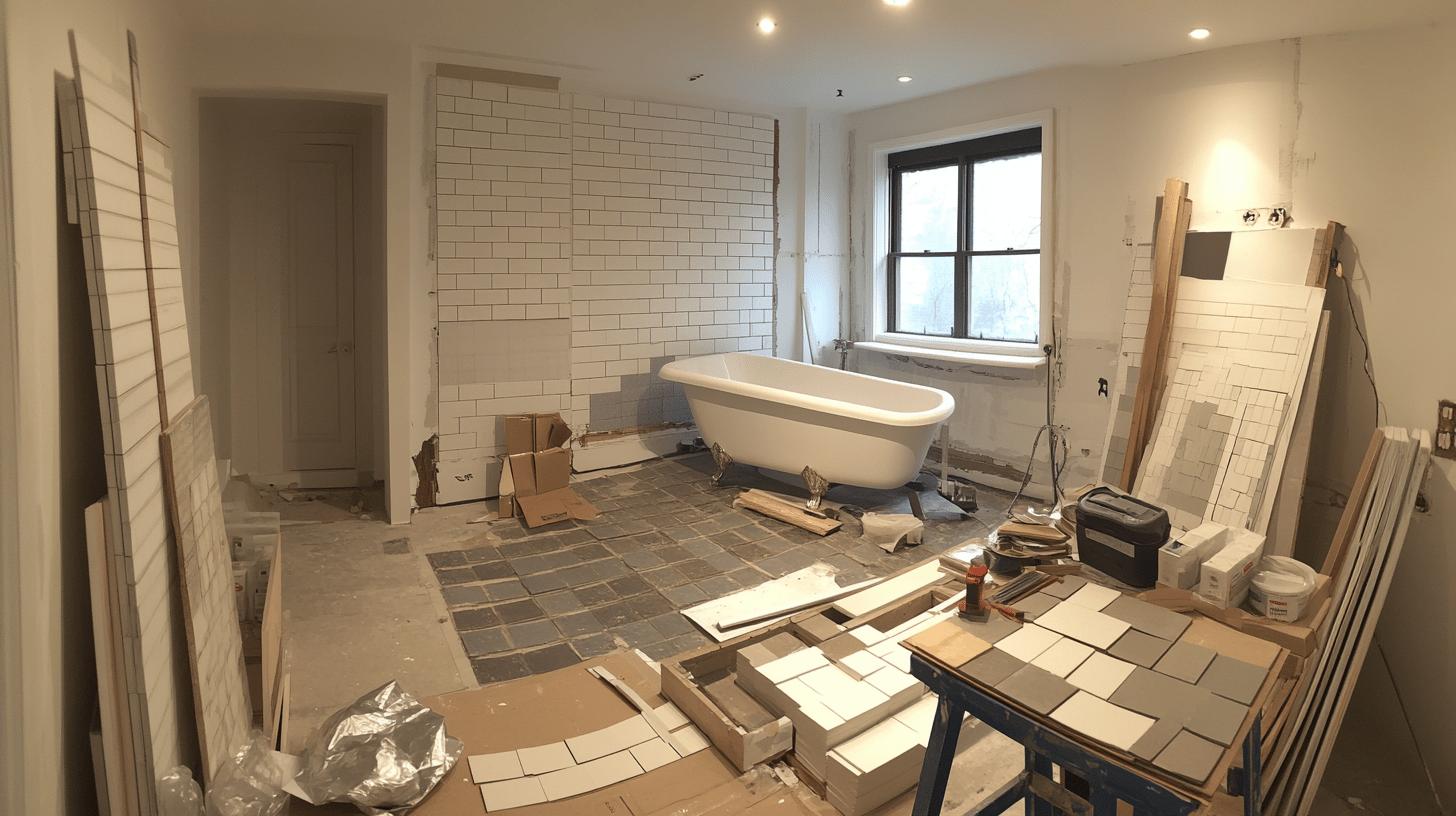TL;DR:
-
Key Planning Steps:
- Establish a realistic budget focusing on essential updates.
- Assess layout, define design preferences, allocate budget, plan for temporary use, and research permits.
-
Demolition:
- Remove tiles, flooring, cabinetry; prioritize safety with protective gear and proper tool use.
-
Plumbing & Electrical:
-
Hire professionals for correct installations; ensure code compliance.
-
Timeline: plumbing (1-2 weeks), electrical (1-2 weeks), permits (varies).
-
Finishing Touches:
- Choose durable tiles and moisture-resistant paints.
- Add accessories like towel racks and mirrors.
-
Functional Considerations:
- Optimize layout for accessibility; integrate water-saving and safety features like low-flow fixtures and grab bars.
Thinking about a complete bathroom remodel but not sure where to begin? It’s totally normal to feel overwhelmed with all the choices. But a successful bathroom makeover starts with smart planning and a solid budget. Since bathrooms are key spaces in our homes, they deserve careful thought to balance style and function. Before getting into designs and fixtures, it’s important to create a plan that covers your budget, style preferences, and practical needs. This will help your remodel go smoothly, saving you time and money while bringing your dream bathroom to life. Let’s go over the steps to kick off your project the right way.
Planning the Steps to a Full Bathroom Remodel
Setting a realistic budget is super important for a successful bathroom remodel. So how do you go about it? Start by finding a balance between what you can afford and what you want to achieve. Figure out the must-haves for your project and focus on those instead of just the nice-to-haves. A clear budget helps keep everything on track and prevents you from spending more than you planned.
Here are five key planning considerations for your remodel:
- Assess current bathroom layout and required changes
- Define style and design preferences
- Allocate budget for each remodeling phase
- Plan for temporary bathroom use
- Research necessary permits and regulations
Good planning can save you both time and money. How? By thinking about what your household needs, how long the project will take, and any potential problems, you can dodge expensive delays and mistakes. Being organized helps you use your resources wisely and keeps everything on track with your overall goals. A solid plan acts like a roadmap, guiding your project from start to finish while keeping things running smoothly and getting you the best results.
Demolition and Preparation for a Bathroom Remodel

Demolition is an important first step in a full bathroom remodel and sets the stage for the rest of the work. What does this phase include? It involves tearing out old tiles, flooring, cabinets, and fixtures. Safety is super important during this process to protect both workers and your property. Using the right tools makes the removal easier, and renting a dumpster can help you get rid of debris quickly, saving you time on cleanup. Taking a careful approach to demolition helps create a clean slate for the next stages of your remodel.
Prioritize safety by following these precautions:
- Wear protective gear
- Ensure water supply is turned off
- Use correct tools for removal
- Safely dispose of debris
Getting the right permits and preparing properly are crucial steps in the remodeling process. Why are permits important? They make sure you follow local regulations, which helps you avoid legal problems or expensive fines. Preparation means researching what permits you need and planning out the order of tasks to reduce delays. By preparing well, you can anticipate challenges and keep your project on track, setting the stage for a successful bathroom makeover.
Plumbing and Electrical Work in Bathroom Remodeling
Why should you hire professional plumbers for plumbing updates during your remodel? They have the expertise to make sure installations, like new tubs or showers and rerouting pipes, are done right. This helps prevent leaks and expensive repairs later on. Plus, they know how to handle complex plumbing setups, ensuring your system is efficient and meets building codes. Investing in their services saves you time and hassle.
Now, how do electrical updates fit into a remodel? You need to think about where to place outlets and lighting. Proper placement improves functionality and safety. For instance, installing GFCI outlets near water helps prevent electrical hazards. Your lighting choices, like ambient and task lighting, also affect how your bathroom looks and works. Make sure all electrical work follows local building codes to keep things safe.
What about timelines and challenges during these updates? A bathroom remodel typically takes about four to twelve weeks, depending on factors like the condition of your space, the scope of the project, and how available materials are. Some challenges you might face include coordinating plumbing and electrical work, dealing with unexpected issues like outdated wiring, and ensuring everything meets safety standards. Good planning and scheduling can help you navigate these challenges smoothly.
| Task | Timeframe |
|———————–|—————–|
| Plumbing Updates | 1-2 weeks |
| Electrical Updates | 1-2 weeks |
| Permits Processing | Varies by area |
Finishing Touches: Tiling, Painting, and Accessories

Why is it important to choose the right tile and grout? They not only make your bathroom look good but also help it function better and last longer. Start tiling in the shower or bathtub area, then move on to the walls and floors. Matching grout colors with your tiles creates a seamless look that showcases your bathroom’s design. Look for materials that are durable and moisture-resistant to keep everything looking great over time.
When should you paint during the remodel? It’s best to paint before you install new fixtures to avoid splashes on your new surfaces. Use humidity-resistant paints like semi-gloss or satin, which can handle moisture. These types of paint are also easy to clean and reflect light, making the room brighter and giving it a more spacious feel.
How do accessories boost both functionality and style? They help personalize your space and provide practical solutions. Choose accessories that fit your design theme and storage needs.
- Towel racks
- Shelving and storage
- Mirrors
- Decorative elements
Picking and organizing the right stuff can really change your bathroom into a cool and useful space. Accessories not only look good but also help make your bathroom fit your style and needs.
Functional Considerations for a Full Bathroom Remodel
How do you make a bathroom layout more functional? Start by checking out the space and how people move around. A good layout makes it easy to reach everything, from the vanity to the shower. Using space wisely, like adding wall-mounted fixtures or built-in storage, helps you get the most out of your bathroom. Plus, placing fixtures where they’re easy to use benefits everyone, including those who might have trouble moving around.
Consider adding these water-saving and safety features in your remodel:
- Low-flow showerheads
- Grab bars and slip-resistant flooring
- Dual-flush toilets
How do these features make your bathroom better? Water-saving options like low-flow showerheads and dual-flush toilets help cut down on utility bills and are great for the environment. Safety features, like grab bars and slip-resistant floors, help prevent accidents, especially for kids and older folks. By adding these, you can create a bathroom that saves water and keeps everyone safe and comfortable.
Final Words
Planning a bathroom remodel starts with setting a realistic budget and outlining the main steps. You’ve taken care of demolition and figured out the permits, making sure everything’s ready to go. When it came to plumbing and electrical updates, you relied on experts and scheduled everything carefully. Now that you’re close to finishing, picking tiles, paint, and accessories will add your personal touch to the space.
By focusing on smart planning and execution, you can make the remodel process smooth and rewarding. With every detail, you’ll create a bathroom that mixes practicality and style, making your daily life at home even better.
FAQ
What are the steps to a full bathroom remodel?
A full bathroom remodel includes planning the layout, setting a budget, designing the style, removing old fixtures, installing new plumbing and electrical systems, tiling, painting, and finishing with accessories.
In what order do you renovate a bathroom?
When renovating a bathroom, begin with planning and budgeting. Follow with demolition, then plumbing and electrical work. Next, tile and paint, and finally, add fixtures and accessories.
How to remodel a bathroom in 7 steps?
Remodel a bathroom in seven steps by planning, budgeting, demolition, plumbing and electrical updates, tiling, painting, and completing with accessories.
What is the first thing to do in a bathroom remodel?
The first thing to do in a bathroom remodel is to establish a realistic budget and detailed plan to guide the renovation, ensuring you’re clear about designs, costs, and household needs.
How to remodel a bathroom on a budget?
To remodel a bathroom on a budget, prioritize essential updates over cosmetic changes, DIY where possible, and choose cost-effective materials that maintain quality without overspending.

